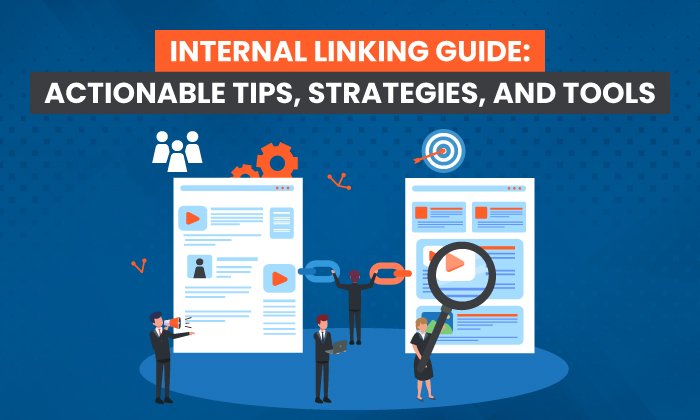Permalinks: What They Are & How to Structure Them for Max SEO Value

What comes to mind when you think of SEO?
“Permalink” probably isn’t the first or second thing, maybe not even the 10th thing.
The truth is, though, permalinks and SEO have a lot more in common than you may realize, and — when done correctly — can play an important role in improving your website’s ranking. Luckily, they are also simple to master.
Let’s get into how permalinks work, how to create them, and set them on WordPress.
Let’s break down this post’s permalink.
You first have your domain (and subdomain in some cases) which is where your website lives. It’s followed by the path, which indicates the location of the page. In this example, the article is located under the “Marketing” category.
The last part of your URL is the slug – an essential part of your permalink and vital for SEO because it tells search engines how to index your site.
Each component creates a permanent link leading to a specific page on your website that is unlikely to change, hence the name “permanent.”
When you don’t customize your URLs using permalinks, you get a randomized ID. The problem is that this isn’t attractive to site visitors and isn’t optimized for search engines.
Let’s say you’re blogging about sponsored tweets and their value. Would you rather have the URL look like this:
yourdomain.com/sponsored-tweets-guide
Or like this:
yourdomain.com/post-id?=5726fjwenfkd
Probably the first one, right?
Great slugs should include the keywords targeted in the post. Take our example above: “sponsored-tweets-guide.”
From this permalink, the reader (and Google) know the page houses a guide to sponsored tweets and is targeting the keyword “sponsored tweets.” This makes it easier for readers to find and share your content.
In addition, using keywords with high monthly search volume (MSV) in your slug can help you increase your ranking.
That’s why when using a content management system (CMS) like CMS Hub or WordPress, you want to think about your permalink structure early on in your web development process.
What’s the difference between a permalink and a URL?
A URL is a web address that directs a web browser to the location of a page or file. It can include a domain name only, or also include the path, slug, and other information depending on the page you are accessing.
A permalink, on the other hand, refers to a specific URL structure, a tool made popular by bloggers for sharing and SEO purposes. While every permalink is a URL, not every URL is a permalink.
The Best Permalink Structures
With several permalink structures to choose from, think about your content and your audience to determine what format will work best.
For instance, a news site can greatly benefit from having a slug that includes a date and title. This lets readers know quickly by scanning what the post is about and when it was written.
On the flip side, if you manage a blog …read more
Source:: HubSpot Blog

![→ Download Now: SEO Starter Pack [Free Kit]](https://no-cache.hubspot.com/cta/default/53/1d7211ac-7b1b-4405-b940-54b8acedb26e.png)








